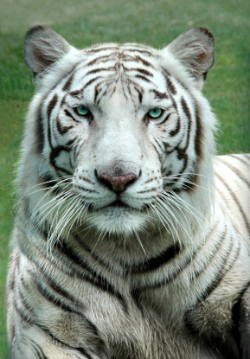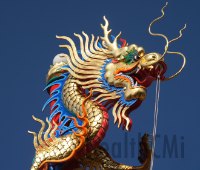Research confirms that acupuncture relieves menstrual related cramping and pain.  The research concludes that acupuncture is effective for the treatment of dysmenorrhea, painful menstruation often accompanied by abdominal cramps. In addition, the researchers discovered that a special acupuncture needling technique possesses particularly powerful analgesic effects. The study compared even-manual acupuncture needle methods with a technique called Longhu Jiaozhan. The results showed that Longhu Jiaozhan produces stronger analgesic effects than even-manual manipulation of acupuncture needles.
The research concludes that acupuncture is effective for the treatment of dysmenorrhea, painful menstruation often accompanied by abdominal cramps. In addition, the researchers discovered that a special acupuncture needling technique possesses particularly powerful analgesic effects. The study compared even-manual acupuncture needle methods with a technique called Longhu Jiaozhan. The results showed that Longhu Jiaozhan produces stronger analgesic effects than even-manual manipulation of acupuncture needles.
Longhu Jiaozhan is translated as dragon and tiger fighting. Longhu Jiaozhan involves acupuncture needle reinforcing and reducing methods accomplished with alternating applications of nine counterclockwise rotations and six clockwise rotations. The investigators discovered that the dragon and tiger fighting technique produced a greater reduction of pain than the even manipulation technique.
The investigators note that both needle techniques exert immediate and long-term effects in the treatment of primary dysmenorrhea. However, they note that the dragon and tiger fighting technique is “significantly superior.” Additionally, the investigators documented that a needle retention time of at least 20 minutes was required to achieve optimum analgesia.
In related research, investigators from the Hunan University of TCM (Traditional Chinese Medicine) compared acupuncture techniques for the treatment of lower back pain. The dragon and tiger fighting method was compared with the uniform reinforcing-reducing method. The dragon and tiger fighting method was found clinically superior to the other method for the relief of lower back pain.
Each acupuncture technique was tested using two separate acupuncture point prescriptions. The first set of acupuncture points tested was UB23 (Shenshu), UB25 (Dachangshu) and UB40 (Weizhong) plus Ahshi points. The second set of acupuncture points was UB24 (Qihaishu), UB26 (Guanyuanshu), UB60 (Kunlun) and GV3 (Yaoyangguan). In both cases, the dragon and tiger fighting technique was more effective than the uniform reinforcing-reduction method.
The Dragon and Tiger Method
The dragon and tiger fighting method involves alternately rotating the needle to the left nine times and rotating the acupuncture needle to the right six times.  The dragon, Zi, is Yang and the tiger, Wu, is Yin. The dragon stands for the strengthening techniques of rotating to the left and the number 9, a Yang number. The tiger stands for the reducing method of rotating the needle to the right and the number 6, a Yin number. The motion of rotation is generated by rotating the needle by moving the thumb forward for the dragon technique and moving the thumb backwards for the tiger technique. Fighting stands for the alternation of rotating from one direction to the other.
The dragon, Zi, is Yang and the tiger, Wu, is Yin. The dragon stands for the strengthening techniques of rotating to the left and the number 9, a Yang number. The tiger stands for the reducing method of rotating the needle to the right and the number 6, a Yin number. The motion of rotation is generated by rotating the needle by moving the thumb forward for the dragon technique and moving the thumb backwards for the tiger technique. Fighting stands for the alternation of rotating from one direction to the other.
References:
Zhang, X., L. X. Zhang, J. Wu, Z. Wang, X. F. Jia, Y. Tang, and R. T. Hui. "Time-effect study on instant analgesic effect of the dragon-tiger fighting needling method on primary dysmenorrhea." Zhongguo zhen jiu= Chinese acupuncture & moxibustion 33, no. 11 (2013): 1005.
Zhao, F., et al. "Efficacy observation of nonspecific low back pain treated with the dragon-tiger fighting needling method]." Zhongguo zhen jiu= Chinese acupuncture & moxibustion 32.6 (2012): 507.
Liu, Chi-Feng. "Acupuncture or Acupressure at the Sanyinjiao (SP6) Acupoint for the Treatment of Primary Dysmenorrhea: A Meta-Analysis." Evidence-Based Complementary and Alternative Medicine 2013 (2013).

